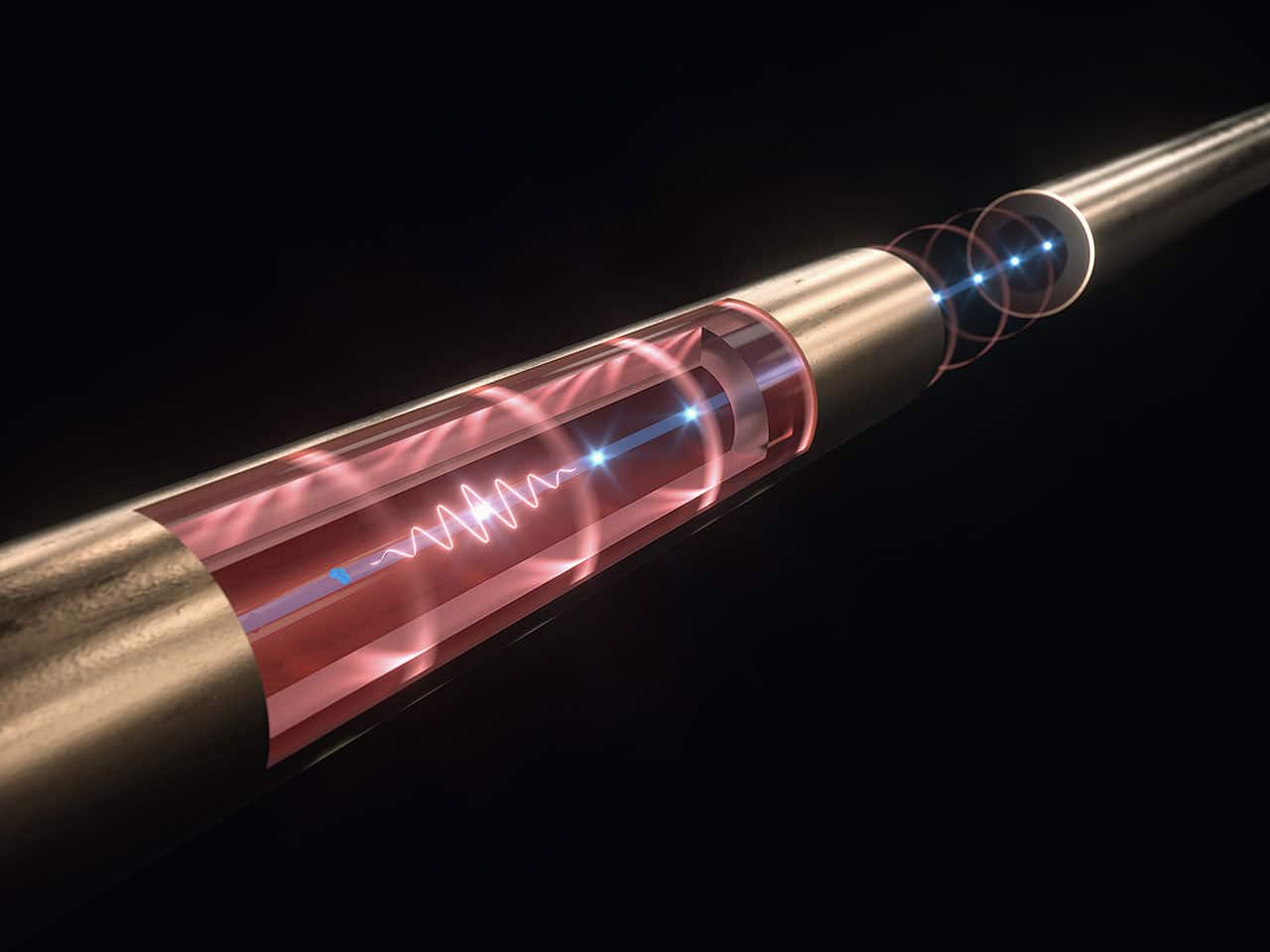

The Main Injector, completed in 1999, accelerates particles and transfers beams.

With each revolution the protons pick up more energy, leaving the Booster with 8 billion electron volts (8 GeV). The protons travel around the Booster about 20,000 times so that they repeatedly experience electric fields. The Booster is a circular accelerator ( synchrotron) that uses magnets to bend the beam of protons in a circular path. Some discoveries at FermilabĪs part of Fermilab's chain of accelerators, the booster and main injector increase the energy of particles before injection into the Tevatron.Īfter being accelerated by Cockroft-Walton and linear accelerators, protons enter the third stage, the Booster, which is located about 20 feet below ground. The Tevatron startup was in 1983 and it was decommissioned in 2011. Until the startup in 2008 of the Large Hadron Collider (LHC), it was the most powerful particle accelerator in the world. They are raised to 8 GeV by a comparatively small booster accelerator and then up to 150 GeV by the Main Injector.Īssociated with the Tevatron were two large detector facilities, the Collider Detector Facility and the D0 detector facility. There is an antiproton storage ring which achieves collision energies of about 1.8 TeV.īefore entering the Main Injector, protons are accelerated to about 750 keV by a Cockroft-Walton accelerator, then to about 400 MeV by a linear accelerator. Beneath it in the same tunnel is another synchrotron, a superconducting magnetic ring called the Tevatron which boosts the energy to 1 TeV. The Fermilab facility houses the Main Injector, a proton synchrotron accelerator. Six bunches of each type of particle, each bunch 2 ft long and thinner than a pencil, were accelerated in opposite directions around the ring to collide in a "shot" in the collider detector (Trefil, Discover Dec89, p56). Once a sufficient "stack" of antiprotons is accumulated, they were injected into the Tevatron. About 10 billion are made and extracted into a triangular magnet array called an accumulator. Protons from the Main Ring in bunches of a quadrillion are smashed into a metal target to make antiprotons. The main injector is in the foreground, and the antiproton ring and Tevatron (inactive since 2011) are in the background. It played a major role in the search for evidence for the last of the quarks, the top quark.įermilab facility. The Fermi National Accelerator Laboratory near Chicago had the Tevatron, the world's most powerful proton-antiproton collider until the startup in 2008 of the Large Hadron Collider (LHC). These large accelerator facilities employ a variety of acceleration devices and have sophisticated arrays of detectors to permit analysis of the results of the high energy scattering events. High energy particle physics experimental research is now concentrated in a relatively small number of places. The discoveries necessary for the electroweak unification were near the upper end of available energies in the current generation of particle accelerators. The search for the very small requires very high energies.


 0 kommentar(er)
0 kommentar(er)
